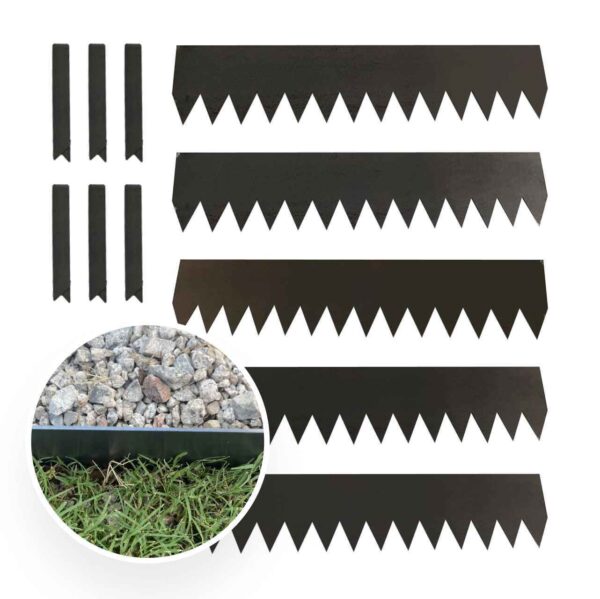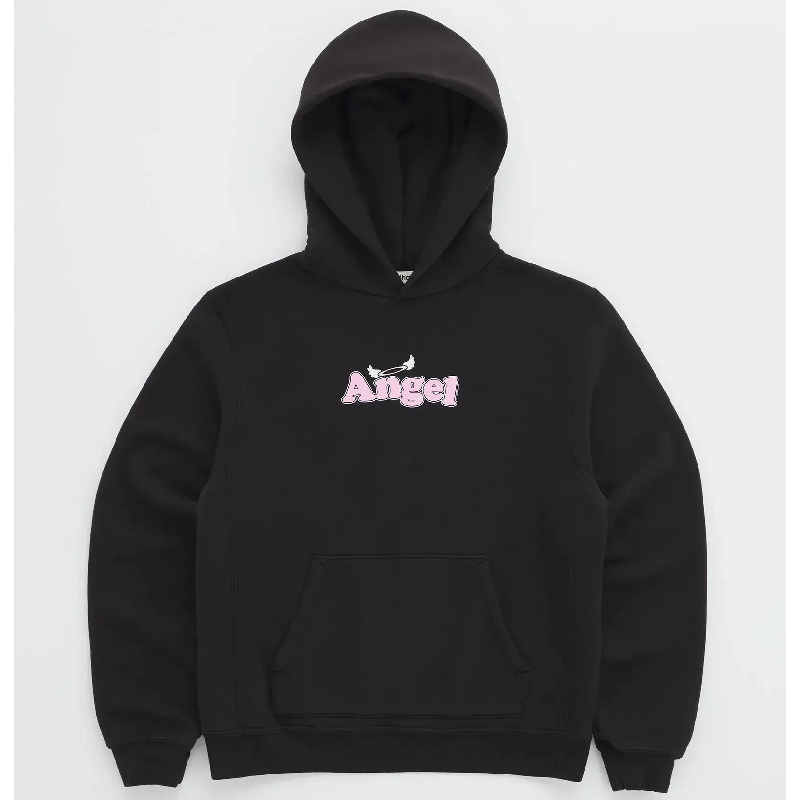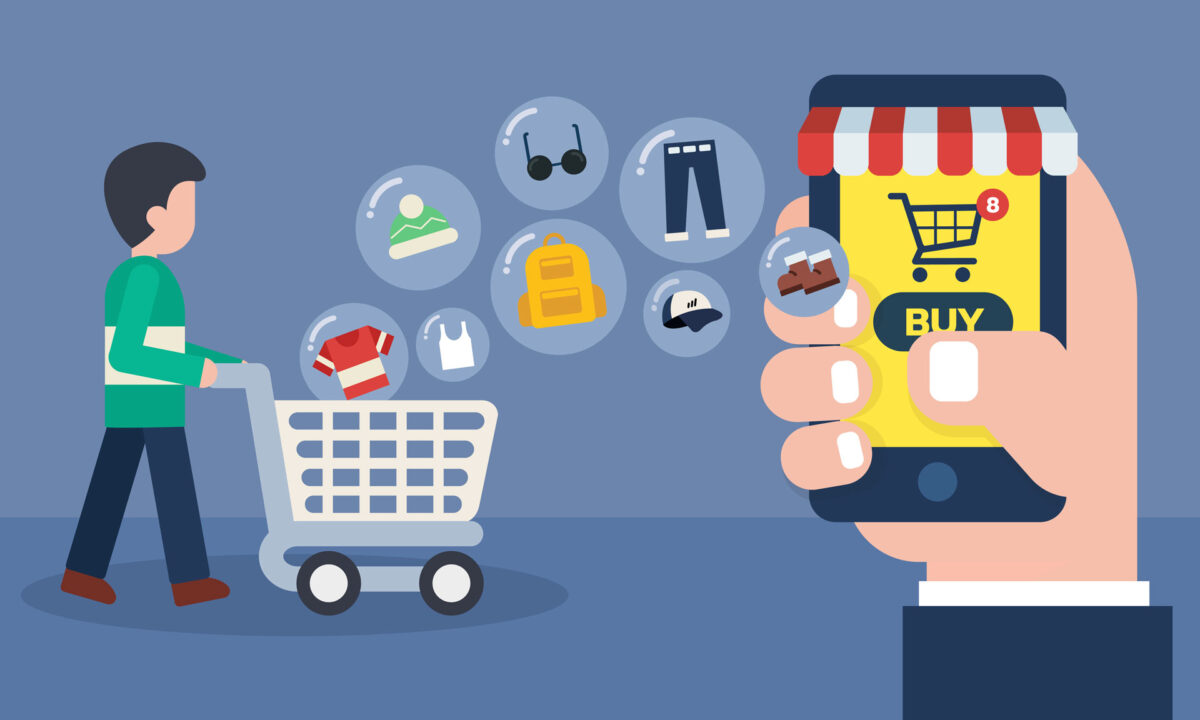Dog Supplies for New Dog
Bringing home a new dog is an exciting and rewarding experience. Whether you’re adopting a puppy or an adult dog, it’s essential to make sure you have all the necessary dog supplies to ensure your new furry friend feels welcome, safe, and comfortable in their new home.
Essential Dog Supplies
1. Food and Water Bowls
The first thing you’ll need to purchase for your new dog is a set of food and water bowls. Look for bowls that are sturdy, easy to clean, and made of non-toxic materials. Stainless steel or ceramic bowls are excellent choices as they are durable and safe for your dog to use.
2. High-Quality Dog Food
Choosing the right food is essential for your dog’s health and well-being. Look for high-quality dog food that is appropriate for your dog’s age, size, and breed. Consider factors such as the ingredients, nutritional content, and any specific dietary needs your dog may have.
3. Dog Crate or Bed
A comfortable sleeping area is essential for your dog’s happiness and well-being. Whether you choose a dog crate or bed, make sure it’s the right size for your dog and provides plenty of comfort and support. Place the crate or bed in a quiet, cozy corner of your home where your dog can relax and feel safe.
4. Collar and Leash
A collar and leash are essential for taking your dog on walks and keeping them safe when outdoors. Choose a collar that fits properly and is comfortable for your dog to wear. Attach an identification tag with your contact information to the collar to ensure your dog can be easily identified if they ever get lost.
5. Identification Tags
In addition to an identification tag on their collar, consider having your dog microchipped for added security. A microchip is a small, permanent form of identification that is implanted under your dog’s skin. If your dog ever gets lost, a microchip can help ensure they are returned to you safely.
6. Grooming Supplies
Regular grooming is essential for your dog’s health and well-being. Invest in grooming supplies such as a brush, comb, nail clippers, and dog shampoo. Establish a regular grooming routine to keep your dog’s coat clean, healthy, and free of tangles and mats.
7. Toys and Chews
Provide your new dog with plenty of toys and chews to keep them entertained and mentally stimulated. Choose dog toys that are safe and durable, and consider your dog’s size, age, and breed when selecting toys. Rotate your dog’s toys regularly to keep them engaged and prevent boredom.
8. Training Treats
Training treats are essential for teaching your dog new commands and reinforcing positive behavior. Choose small, soft treats that your dog loves, and use them as rewards during training sessions. Positive reinforcement is an effective way to teach your dog new behaviors and strengthen your bond with them.
Optional Dog Supplies
1. Dog Clothing
While not essential, dog clothing can be practical, especially in cold or wet weather. Consider purchasing sweaters, coats, and booties to keep your dog warm, dry, and comfortable during outdoor activities.
2. Dog Gates
Dog gates are useful for restricting your dog’s access to certain areas of your home. Use gates to block off stairways, rooms with dangerous objects, or areas that are off-limits to your dog.
3. Doggy Door
If you have a fenced yard, installing a doggy door can give your dog the freedom to go outside whenever they need to. Make sure the doggy door is the right size for your dog and easy for them to use.
4. Dog Carrier
A dog carrier is essential for transporting your dog safely in the car or on public transportation. Choose a carrier that is well-ventilated, secure, and comfortable for your dog.
5. Doggie Dental Care Products
Maintaining your dog’s dental health is essential for their overall well-being. Invest in toothbrushes, toothpaste, and dental chews to keep your dog’s teeth clean and healthy.
Where to Buy Dog Supplies
1. Local Pet Stores
Local pet stores are a great place to find a wide range of dog supplies. Visit your nearest pet store to browse their selection of food, toys, grooming supplies, and more.
2. Online Pet Stores
Online pet stores offer a convenient way to shop for dog supplies from the comfort of your own home. Browse through a variety of products, read reviews, and have your purchases delivered right to your door.
3. Veterinary Clinics
Many veterinary clinics also carry a selection of dog supplies. Visit your vet’s office to find high-quality food, treats, grooming products, and other essential supplies for your new dog.
Conclusion
Welcoming a new dog into your home is a joyous occasion, but it’s essential to make sure you have all the necessary supplies to care for your new furry friend. By investing in essential dog supplies, you can ensure that your new dog feels welcome, safe, and loved in their new home.
FAQs
1. What should I consider when choosing a dog food?
When choosing a dog food, consider your dog’s age, size, breed, and any specific dietary needs they may have. Look for high-quality, well-balanced foods that provide essential nutrients and are free from artificial additives and fillers.
2. How often should I groom my dog?
The frequency of grooming will depend on your dog’s breed, coat type, and activity level. In general, most dogs benefit from regular brushing, nail trimming, and bathing as needed. Consult with your veterinarian or a professional groomer for personalized grooming recommendations.
3. How do I choose the right size collar for my dog?
To choose the right size collar for your dog, measure their neck circumference and add a few inches for comfort. Make sure the collar is snug but not too tight, and that you can fit two fingers between the collar and your dog’s neck.
4. How can I keep my dog entertained when I’m not home?
Provide your dog with plenty of toys, chews, and interactive puzzles to keep them entertained and mentally stimulated while you’re away. Consider rotating their toys regularly to keep them engaged and interested.
5. What should I do if my dog gets lost?
If your dog goes missing, act quickly to increase the chances of finding them. Contact local animal shelters, veterinary clinics, and animal control agencies to report your dog missing. Post flyers in your neighborhood, search your area, and utilize social media to spread the word. Make sure your dog’s microchip information is up-to-date to increase the chances of a safe return.









